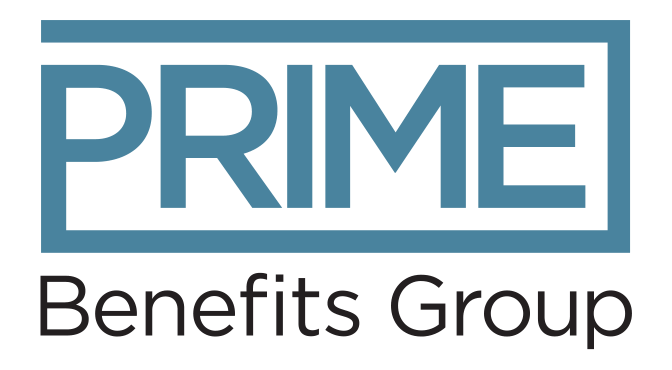- Have a question?
- 613-89-Prime (77463)
- 1-866-950-3667
- info@primebenefitsgroup.com
Stemming the Tide of Employee Departures


As we start to see the decline of the pandemic’s clutch hold, the rise of employee turnover and job dissatisfaction has become an increasing concern for many employers. Under pre-pandemic conditions, employers faced the challenge of existing employee retention and recruitment issues including a consistent stream of retirements by Baby Boomers and early Gen-xers, declining birth rates as well as low immigration levels. Mix in pandemic-related burnout, lack of work-life integration, increases in work volume, and extra demands on leaders, and what was already a perfect storm now has become a human capital tsunami.
The Tipping Point
According to Robert Half’s July 2021 Hiring Trends data, employees are feeling greater job optimism which, in the recruiting world, means there will be an increase in upcoming career moves.
It has always been the case that employers are on a quest to retain top talent while finding candidates with the right skills and who are a good fit for their organization’s culture.
Consider the latest survey finding by Deloitte Canada and LifeWorks Inc where 51 percent of senior leaders shared that they are contemplating leaving their employer. The reasons cited include an increase in mental strain due to pandemic-related work demands, and stress from trying to provide adequate support for employee well-being. The survey revealed that 35 percent of respondents noted a decline in their mental health and that they felt tired of being mental drained at the end of their workday. Additionally, they experienced sleep issues, reduced energy, and emotional reactivity.
Read: Understanding Coronasomnia and how to prevent it
The Pressure is On
Along with retaining top talent, employers are dealing with the latest trend – a demand for hybrid or remote work arrangements. Based on the latest Robert Half report, 51 percent of employees want hybrid or remote work along with some degree of in-office work, while 30 percent want to work fully remote. Only 19 percent of employees want to be back in the office full-time.
This means that employers will need to ensure sufficient flexibility to meet employee demands. In order to stem the time of employee departures and keep skilled talent that is increasingly difficult to source, employers are listening more attentively as employees share the criteria of attractive employers.
Robert Half shares the top five criteria for candidates as including
- ïThe ability to set their own work hours
- ïEmployer paid commuting costs
- ïPersonal distraction-free workspaces
- ïA relaxed dress code and
- ïEmployer-provided childcare
While considering this list, leaders still have the pressure of addressing low morale, increased levels of burnout and managing opportunities for employee growth and development.
Read: Ways to improve work-life integration.
The pressure is on for leaders who also may be feeling increased levels of stress, low morale and burnout. For both leader and employee, having ready access to team building, collaboration, and well-being resources has never been more important.
Read: Prime Benefits Remote Care Wellness Toolkit
Additional free resources
We are pleased to offer additional resources including our Remote Care Wellness Toolkit. If you would like a digital copy of this toolkit or other employee benefits-related information, please contact us at info@primebenefitsgroup.com. Let’s work together and create solutions that work best for you and your organization.